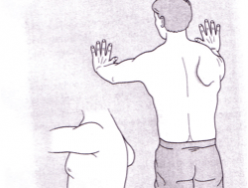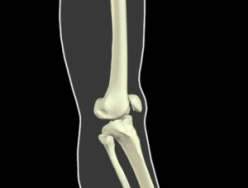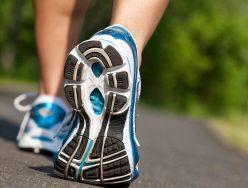Training the Impingement Client
The shoulder is a complex joint involved with everyday activities such as reaching and sport specific movements. Evidenced based research and my clinic experience as a physical therapist, supports that shoulder impingement is a common movement dysfunction seen in men. This article will review the following about shoulder impingement:
• Pathophysiology
• Common signs and symptoms and contributing factors
• Physical therapy management
• Program design
• Exercises that are contraindicated with rationale
























